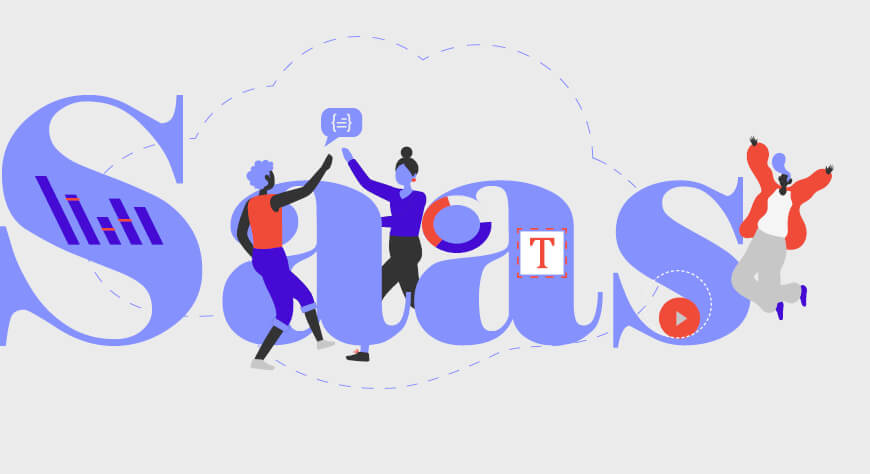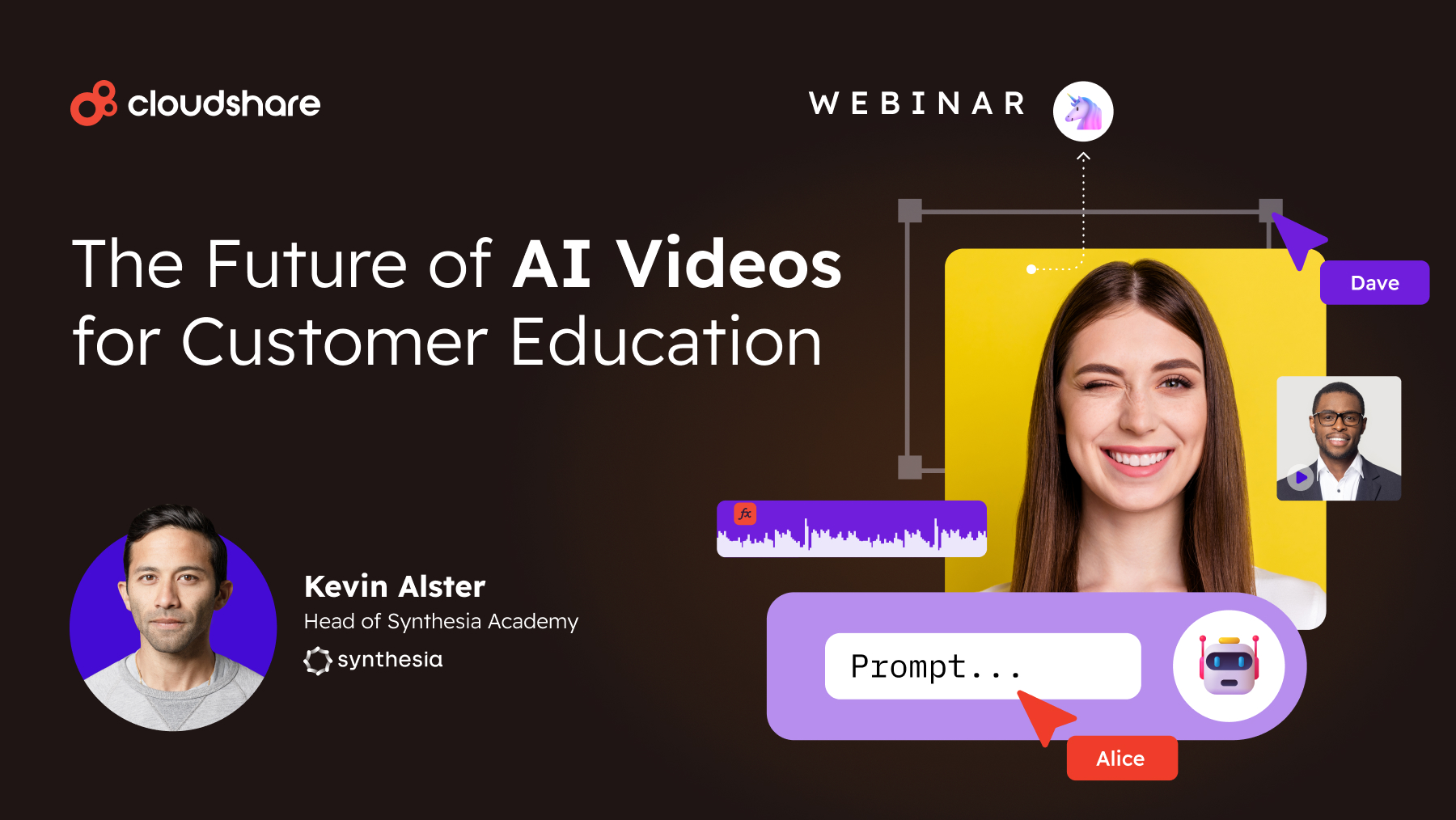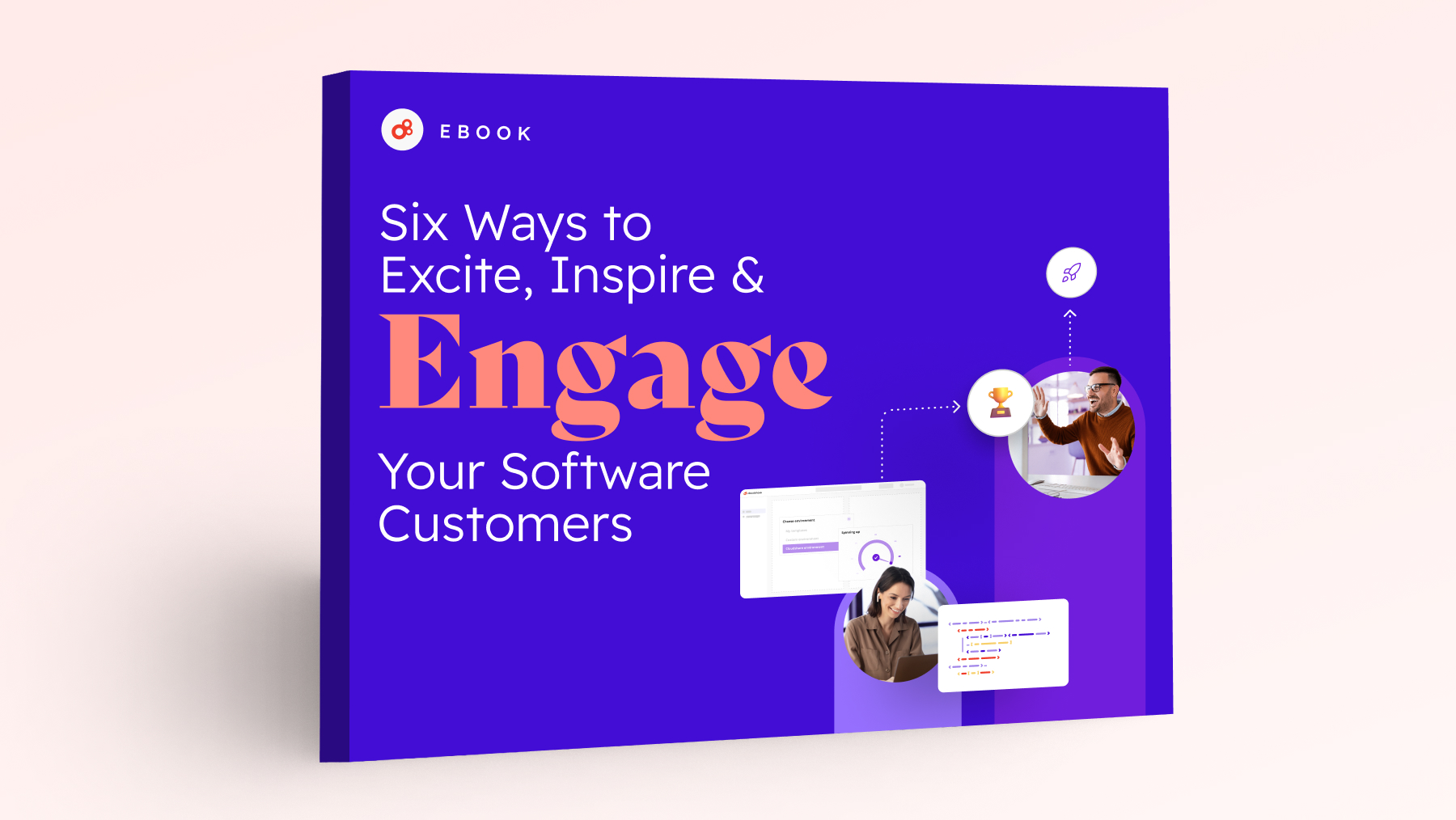
The customer onboarding process can, without question, make or break your future engagement with the people responsible for your revenues. Keeping an existing customer is more cost-effective than finding a new one, so onboarding is critical even beyond that initial training session; it includes ongoing training on new versions and providing tips and tricks that will help cement the relationship as well. When customers are comfortable with a product from the outset – and confident in their ability to use it – adoption rates skyrocket, and the relationship becomes secure, long-term, and more profitable.
While customer training platforms can be deployed through the pre-sales and post-sales stages, we will focus here on the two steps immediately preceding and following a sale: the Proof of Concept (POC) and new customer onboarding, both in an online, virtual platform.
Let’s jump into some critical steps to create or improve SaaS customer onboarding:
1. Active, not Passive
Perhaps the most critical starting point is the mode of presenting the content of your POC or training session. The least effective approaches by far are those relying exclusively and solely on passive presentations, painfully reminiscent of a school lecture. These include offering a library of videos to watch, with pre-recorded walk-throughs of functions and features. As tools, they are great – but not on their own. The second, fairly popular option is certainly better: a video conference or webinar combining webcams and screen share for what is essentially still a passive experience. Again, a good start, but they lack genuine two-way engagement.
The alternative? SaaS customer onboarding that includes a virtual training lab at its core. This approach provides the benefits of hands-on training, which engages the customer, provides first-hand experience, allows them to work at their own speed (more on that later), and instills confidence that they can handle the user interface. A customer POC that features a customized demonstration for the specific scenario takes the demo directly from theoretical to proven.
2. Setting the Stage
Publish an agenda ahead of time, so participants know what they will learn, how long it will take, and perhaps offer them the opportunity to contact you in advance to request additional points to cover. This is a way to engage them before you even begin the training or PoC. Ideally, even before locking down this agenda, be sure you know something about your audience’s demographics – have they ever seen your software, even for a few minutes? Have they used the competitor’s product and thus have a grasp of the fundamental paradigms and lingo? Are they reasonably technical or need to be hand-held through the basics? Tailoring to the audience is critical to SaaS training best practices.
3. Short and Sweet
Next, segment the training experience into bite-sized pieces, each with a theme, goal, or focus. This simple practice has two key benefits: It provides natural breaks to prevent boredom and loss of focus and provides a sense of accomplishment for participants to feel that they have “mastered” a concept. You might even consider administering an “easy A” quiz at the end of each segment to trigger positive feelings of accomplishment when trainees ace them.
4. Let’s Talk
Engagement is all about two-way communication and active interactions. There are several ways to keep the customer onboarding process or customer PoC from getting stale. Make sure your platform includes a text/voice chat function and encourage participants to use it (either by jumping right in with a keyboard or microphone, or by raising a virtual hand). Not only does it keep the audience involved, but it provides new perspectives, answers questions that others may have, and adds “texture” to the discussion. When you review the plan for the session at the beginning of the training, ask for any requests that go beyond the official agenda. Responses will drive relevance for better attention.
5. Stories Win Every time
Whether for post-sales training or a customer PoC, instead of walking through a list of menus, buttons, and other UI elements that demonstrate features, create a story to use throughout the narrative: A real-world simulation with a hypothetical challenge and goal. A unified story, instead of fragmented pieces of the puzzle, will create a story to follow. After all, you are selling an experience, not a list of benefits. Even within a single session, take breaks to ask the audience questions, jump to related, relevant topics, or tell an anecdotal story … anything to let the audience’s eyes rest from following a cursor or arrow across the screen.
There’s no replacement for hands-on experience
As noted at the top of our list, SaaS training best practices must incorporate hands-on training. While your audience might have seen how you do it, their trust and confidence in both your product and their ability to use it will only grow when they have demonstrated their own mastery.
So how do you maximize the benefits of hands-on training approach in your SaaS training?
- Real-time monitoring – Assign tasks (either long, complex, challenging ones, incorporating many of the features they have now seen, or quick, superficial ones along the way, to get a sense of the UI’s look and feel). Correct or re-steer their actions when they do something wrong and compliment them when they get it right. When you see an interesting or clever approach, share their UI with others, and ask them to explain what they just did. Even consider an informal contest, where the first person to complete a task announces it and “gets to” demonstrate it to others.
- Leave them with the environment. While the methods just mentioned are valuable while the training session is going on, there is always tremendous value in letting the trainees spend time on their own, at their own pace and schedule, to work their way through the software without time pressure. And since the top customer training platforms will let you spin up a clean, stand-alone, “bullet-proof” version of your software, you can be confident that users won’t break or disrupt any other users or change data. In the top customer training platforms, once this self-paced training is complete, the environment vanishes.


